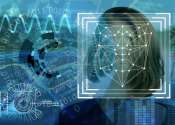Six ways to look after your brain health in your 20s and 30s
Dementia is not an inevitable consequence of aging. It's thought that around 40% of dementia cases could be prevented (or at least delayed) by changing certain lifestyle habits.
Jul 24, 2024
0
0









